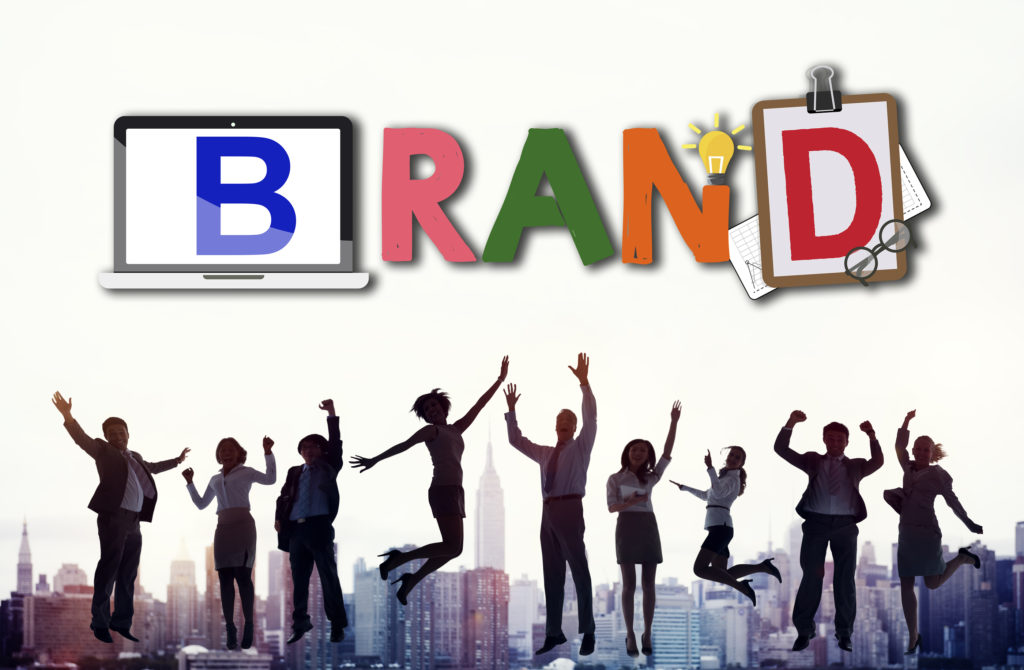EBrandCon Speaker Interview with Crystal Miller Lay
The HR Gazette has partnered with the Employer Branding Strategies Conference (#EBrandCon) #EBrandCon to help showcase leading company profiles and gather top branding minds to share insider tips and strategies for improving and leveraging your employment brand.
The three-day event offers leaders from companies such as Nike, American Airlines, GE, Sodexo, Lowe’s, Ericsson, Citizen’s Bank, CA Technologies, and others to (candidly) share lessons learned in employer brand strategy development and execution.
Ahead of #EBrandCon in Chicago, we got a chance to interview one of the awesome speakers. Crystal Miller Lay is CEO & EB Strategist at Branded Strategies. In this interview, Chrystal offers her insights into digital strategy, workforce marketing, & Talent Attraction Agency in Dallas
Editor: What does an average work week look like for you? or What does your company do?
CM: One of the great things about my career is no two work weeks are alike, but they’re all spent at the intersection of HR and marketing. Branded Strategies specializes in employer branding and HR marketing (culture, recruitment, and employee marketing), so we’re typically working with organizations on understanding and improving their employer brands. Most of my weeks are spent on the development of employer brand strategies, recruitment marketing campaigns designed to meet specific workforce plan objectives, culture marketing campaigns for transformation projects and the creation of the collateral needed to support them.

Editor: Why is your work important to the field of talent acquisition? I’m going to answer this a couple of ways….
CM: It’s funny, when people hear “employer branding,” they typically think of snazzy videos and flashy social media campaigns. It’s often called “the sexy side” of Talent Acquisition. The reality is a lot different. What makes employer branding important to the field of talent acquisition is all the things that are rarely talked about (because they don’t play as well in presentation decks), but are so important. To have a healthy, attractive employer brand, a lot of what has to be addressed and worked on is what’s wrong or broken in the organization. We spend a lot of time on culture transformation projects designed to help the employer actually be who they have stated they are as an employer and meet the promises they made to candidates. If they can’t, we help them redefine their identity as an employer and understand what promises they can keep to their employee population while meeting their business goals. It’s a lot of research and strategy work that once made into an actionable plan, is then transformed again into marketing plans, campaigns and collateral that’s shared with the world. When done correctly, it helps strengthen the relationships and affinity current employees have with the company, reducing attrition rates and increasing employee referral rates while reducing the costs associated with talent acquisition.
Additionally, employer branding really is the junction point of HR and marketing. It serves an important purpose because company and consumer brands are oriented around creating affinity for the products/services of the company to create revenue, as it should be. However, the drivers and experiences of the customer is quite different than the employee throughout the relationship lifecycle, in most cases. Different behavioral drivers and emotions need to be cared for in candidate marketing that the average marketing department just doesn’t focus on and HR/Talent Acquisition professionals typically don’t have the functional experience necessary to essentially be marketers.
Editor: What is the biggest challenge you’ve seen in developing a strong Employer Brand?
CM: Not being able to separate aspiration from reality. It’s still really common for the employer brand identity to be “decided” in a conference room full of company executives based off what they want to be or based off a very disparate working reality from the rank and file of the organization. The net result is a value system that isn’t really reflective of how employees are cared for and is out of touch with the working reality.
It creates a gap between the promises made during the talent acquisition phase and the working reality of day-to-day work. That results in reputation damage for the company, reduced productivity due to poor engagement (because it’s hard to be peppy and dedicated when you feel disrespected and lied to) and increased attrition rates. Getting the employees involved in the employer brand and culture marketing from the point of creation is really important, but can be challenging.
It’s not uncommon for companies to not trust that employees are capable of knowing what the brand “should be,” or for HR to be protective of employees, not wanting to interrupt their time with surveys or interviews to understand what they care about and their perception of company values, behaviors and goals. So, the brand is created in an ivory tower or by an agency with the aid of a preexisting survey and try to extrapolate and twist what they need out of it. The outcome is less than effective, making it hard to show ROI and harder to get the investment needed to develop strength in the employer brand over time.
Editor: What are your thoughts on the future of employment branding?
CM: Employer branding is still relatively young as a formal discipline, especially in comparison to its marketing and HR counterparts. So I expect to see EB gain sophistication in how it’s measured and demonstrates ROI over time, better partnerships with brand and product marketing, and hopefully a more effective and robust use of technology. There’s a lot of technology that can improve candidate experience and understand the candidate journey which ties to brand reputation. I expect to see predictive marketing make its way into the employer brand arena as well.

Editor: What is the best measure of an employer brand?
CM: There are so many metrics that go into measuring employer brand health so it’s possible to get 10 different answers asking 10 different people. In my opinion, if you have to choose just one, the “granddaddy” of EB health is quality of hire, which will also tie retention and attrition rates.
Editor: Why did you decide to participate as a speaker at EBrandCon?
CM: This is my passion. I love helping people understand the power of the brand and how it works. It’s so much more than what they’ve probably seen or read about… and most of the people I meet at conferences want to understand it. Helping people to look at even just an aspect of their program differently or get connected to all of the emotion and impact each of their roles have is amazing. It’s a privilege, really and something I’m incredibly grateful to have the opportunity to do.
Editor: How is EBrandCon different than other TA events?
CM: It’s more than just a conference or touch-point on what’s going on in Talent Acquisition today. GSMI does an incredible job of bringing together a community, so the people you meet there and the speakers are available to you even after the conference. EBrandCon is also focused specifically on the employer brand, which is important for those tasked with that as either their job or a portion of it.
Editor: What major takeaway will attendees learn from your session?
CM:, How to create value from video in recruitment marketing and employer branding, how to measure ROI and how to create a compelling video
Editor: Who should attend your session at #EBrandCon?
CM: TA, HR, marketing professionals who work with HR & TA
Editor: Any last words of wisdom?
CM: Take the time to understand before you “launch a brand.” Get to know your own brand inside and out from the vantage point of your existing employees, the exit interviews of your former employees and your candidates. Learn what your competition is saying so you can differentiate your messages. Build sound strategy plans and then execute. A well-planned employer brand program leads to a strong brand.
About Crystal Miller Lay
Chrystal is CEO of Branded Strategies, has been in leadership roles since she was 17 years old. After spending several years in B2C construction marketing & human resources, she saw the need for a new niche to be fully developed at the intersection of HR & Marketing. She has devoted over a decade to improving the employer branding, recruitment marketing, culture marketing, and digital/social marketing of employers both as an in-house practitioner and agency executive.
Miller has a passion for furthering knowledge within her industry. She’s supported movements to improve the balance between employers and job seekers by volunteering to lead the Awareness & Branding Committee of the Candidate Experience Council since 2014. To help further the interests of Talent Acquisition & Attraction professionals around the world, she has worked with a team of others to establish a Non-Profit Organization, ATAP, as well as volunteer to lead its PR & Communications committee.
Crystal has been featured as a reliable expert source and thought leader for multiple media outlets including CBS, Fox News, Hanley-Wood, Mashable, Huffington Post and ABC. As an industry leader and part of the Forbes Agency Council, she is recognized for expertise in employer branding, recruitment strategy & marketing, social media, community building, culture marketing, reputation marketing & digital strategic solutions.
Her work in predictive recruitment marketing has helped numerous organizations refine and optimize their marketing spend as well as improve workforce retention through better hiring experiences. Her development of game-changing university marketing programs has been called “ground-breaking,” saving employers thousands of collective man-hours spent on college campuses, while strengthening relations with faculty. Her creative strategies and work has earned recognition with the Shorty Awards and the Trailblazer Award with AT&T. Crystal and her team at Branded Strategies focus on changing the way companies attract and retain talent, engage in social media, culture & reputation marketing, and the way employers engage their workforce to maximize business impact.

